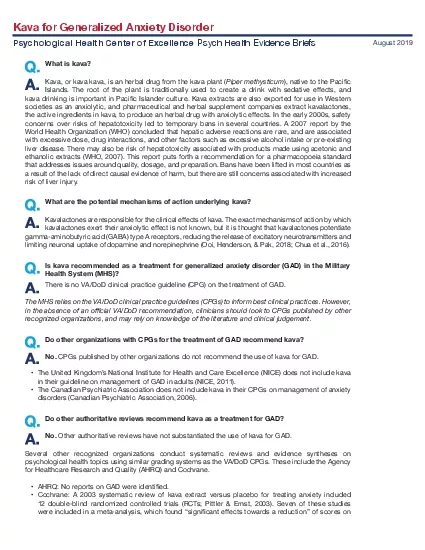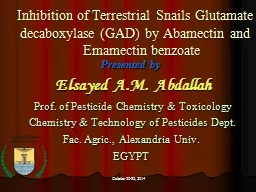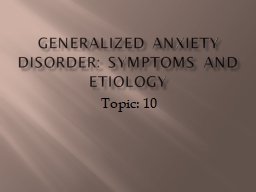PPT-Dr . Hayam Gad Associate Professor of Physiology
Author : bethany | Published Date : 2023-05-29
College of Medicine King Saud University Effects of pravastatin or 1215 lipoxygenase pathway inhibitors on indices of diabetic nephropathy in an experimental
Presentation Embed Code
Download Presentation
Download Presentation The PPT/PDF document "Dr . Hayam Gad Associate Professor of Ph..." is the property of its rightful owner. Permission is granted to download and print the materials on this website for personal, non-commercial use only, and to display it on your personal computer provided you do not modify the materials and that you retain all copyright notices contained in the materials. By downloading content from our website, you accept the terms of this agreement.
Dr . Hayam Gad Associate Professor of Physiology: Transcript
Download Rules Of Document
"Dr . Hayam Gad Associate Professor of Physiology"The content belongs to its owner. You may download and print it for personal use, without modification, and keep all copyright notices. By downloading, you agree to these terms.
Related Documents














